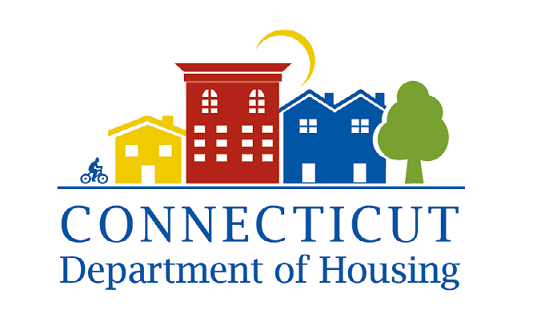Updated Guidance on Administering the VI-SPDAT
October 17,2016
Letter from the Department of Housing and the Department of Mental Health & Addiction Services on updates to guidance around administering the VI-SPDAT in CAN Assessments and Outreach.
Dear CAN Provider,
Our thinking regarding Coordinated Access Networks continues to evolve at a rapid pace, and as a national leader in ending chronic homelessness, Connecticut continues to be on the cutting edge of best practice development. The challenge of being a national leader is that we are constantly learning as we create the system and create best practices. The ability to seek input from other communities nationally is limited, because their systems are not yet as sophisticated.
Use and administration of the VI-SPDAT is one such evolving component of out system. We recently issued statewide guidance indicated that the VI-SPDAT should be administered during a CAN Assessment only if the individual had slept outside or in a place not meant for human habitation the previous night. In light of new information, this thinking has again changed.
At the National Alliance to End Homelessness’ (NAEH) Annual Conference in July 2016, the question of when to administer the VI-SPDAT was a highlighted topic. Key leaders in the field, including Iain De Jong, creator of the VI-SPDAT, suggested that communities use data to determine how long it takes for individuals and families to self-resolve on average. If an individual or family is still in need of housing after that time period, then the VI-SPDAT should be conducted. In Connecticut, the average length of time that it takes an individual to self-resolve their homelessness is 2 weeks. Families take slightly longer to self-resolve.
Based on this new insight, we recommend the following:
1. Individuals and families who enter the CAN system through an assessment scheduled by 2-1-1 should not be given the VI-SPDAT until after two weeks have passed, regardless of where the individual or family is staying. The primary focus of a CAN assessment should be on diversion, and our data suggests that the majority of people who report staying outside during a CAN assessment in fact are able to self-resolve.
Please ensure that the CAN is working closely with outreach staff to establish referral procedures for those indicating that they are staying outside during a CAN assessment. Once an individual or family enters shelter, the recommendation is for the shelter case manager to conduct the VI-SPDAT two weeks after the initial CAN assessment.
2. Individuals and families who enter the CAN system through outreach – meaning that an outreach worker has made first contact with the individual or family while they are living in a place not meant for human habitation- should be assessed withe the VI-SPDAT by outreach immediately. Outreach teams are our experts in conducting the VI-SPDAT for people who are the most difficult to engage.
To assist CANs in implementing this guidance, data will be available on a monthly basis. The data, for the past 90 days, will include adults not on the By Name List who are in one of the following categories:
- Have a shelter enrollment of 14+ days AND still enrolled in that shelter
- Have an exited shelter enrollment of 14+ days that is NOT to a positive exit destination
While noting this guidance, please always keep in mind that our system is intended to create access for the most vulnerable individuals at all times. We always want to defer to CAN staff’s judgement in circumstances about who is significantly at risk. We acknowledge that there may be rare times in which a VI-SPDAT should be conducted outside of these parameters, because of a client’s high vulnerability or clinical need.
By using this guidance, we anticipate that the number of people who are added to the By Name List will be reduced by 2,500 annually. This reduction is significant as we strive to refine the BNL to only those who meet the HUD definition of literal homelessness. Setting tight guidance on the BNL list process allows for quicker exits to housing. Data indicates that about 80% of those who have been added to the By Name List are able to self-resolve, and are not the individuals for whom are housing resources need to be targeted.
Thank you for your continued work and flexibility as we work to improve our systems. You are each pioneers in the cutting edge work of ending chronic homelessness. If you have any questions, please contact CAN Managers, Kara Capobianco, 860-371-4282, or Leigh Shields-Church, 860-371-9579.



